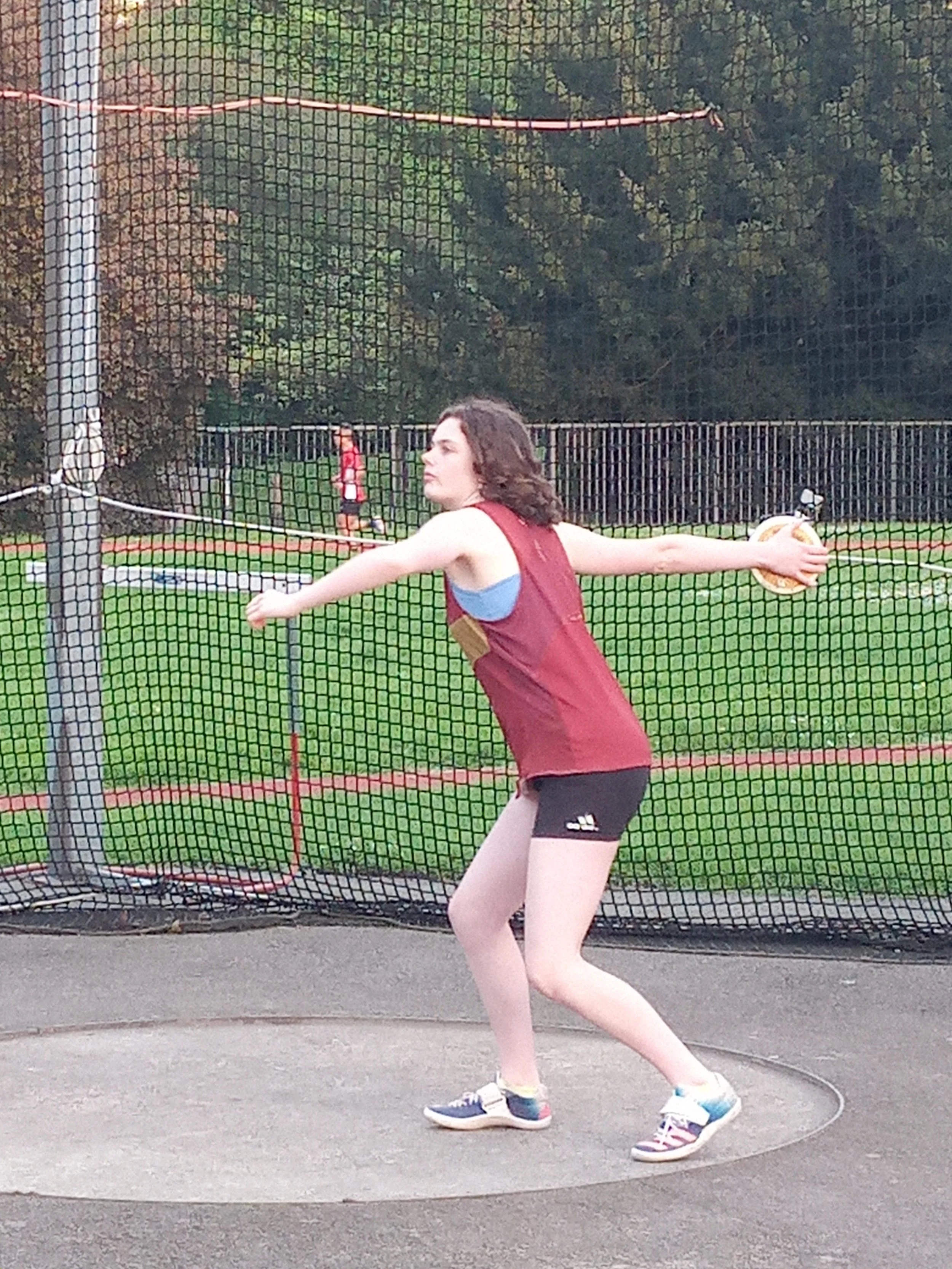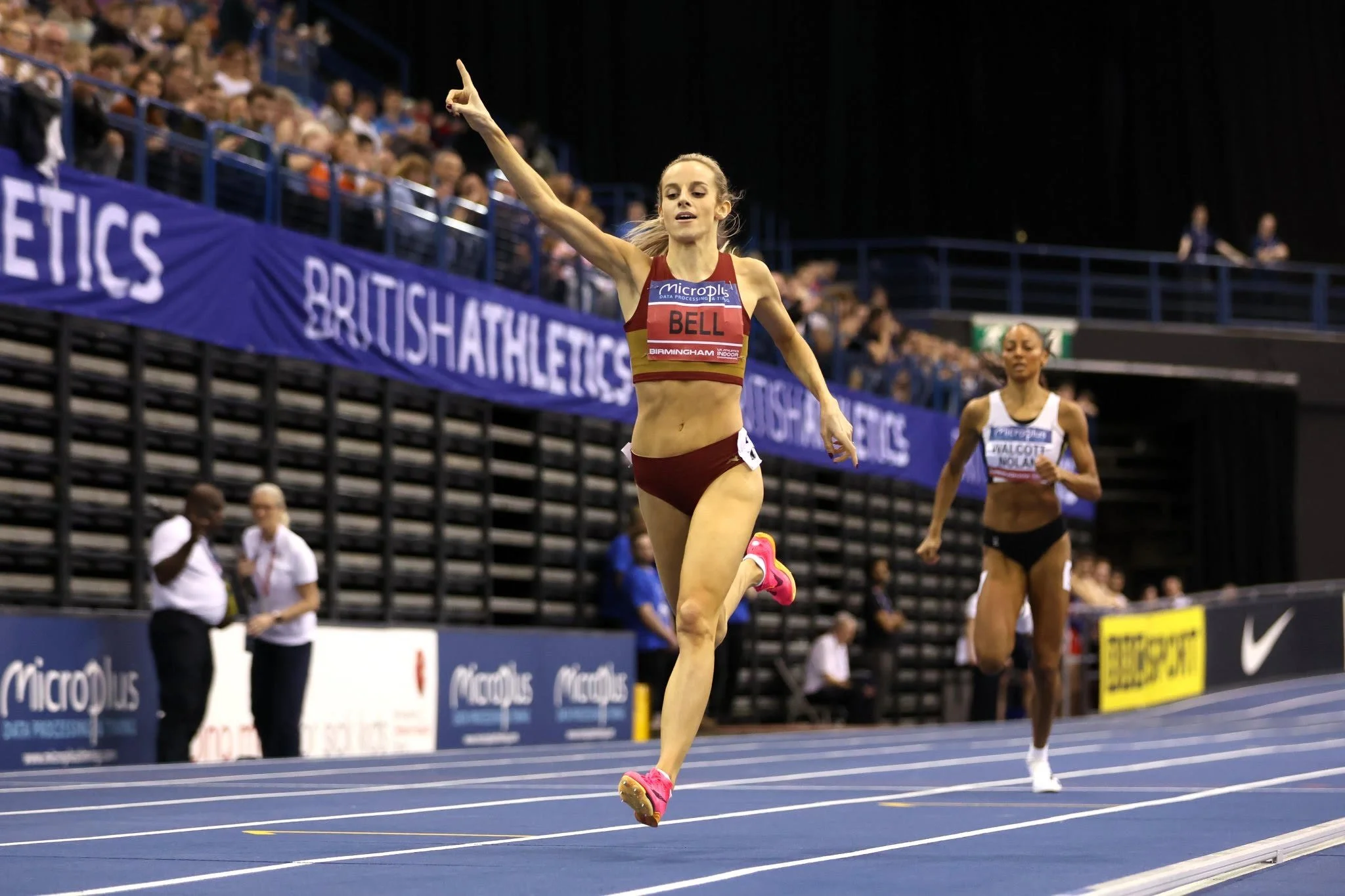The top 3 mistakes new runners make - and how to avoid them
Most of us learned the hard way when we were new to running - but you don’t have to. Following coach Matt’s tips will help you improve quicker and reduce your risk of injury.
So you’ve just started to build your running. You’re loving it and you’re keen to get faster. Now is the time to plan how you’re going to progress to the next level without increasing your chance of getting hurt.
Too much too soon
Qualified athletics coach Matt Welsh has long been one of our star distance runners with PBs of 15:18 (5km) and 31:24 (10km).
Injury is the ultimate enemy of runners of all abilities. While this is a complex subject with many facets, the biggest cause of running injury is increasing volume or intensity too quickly. Whether you’re just starting out or already hitting good, consistent mileage, the key thing to remember is that while your mind may be ready for a big jump, your body will need more time. Running is an impact sport and it takes its toll on your body. Giving your bones, muscles, tendons and ligaments too much to handle can quickly result in an overuse injury which can take you out of the game for a very long time.
How to avoid? Your first goal is to achieve consistency. Running twice a week every week is much better than hitting it every day for a fortnight, having a month off, then ramping it back up again. Identify what your current sustainable training routine looks like, then focus on building it up gradually. When you’re in a consistent routine, look to increase your volume through a combination of frequency and duration. For example, you can try extending your runs by 5-10 minutes or escalating to three runs per week where you had previously done two. As a general rule of thumb, limiting any increase to your weekly mileage to 10% is a good way to help prevent overuse. However, it is important to use this as a gauge rather than a must-hit target and ease back when needed. If you’re itching to do more, you could try adding some non-impact training such as cycling, cross-training or swimming to your schedule. Supplemental non-impact exercise plays a big part in many elite athlete training programmes.
2. Too hard too often
Coach Matt, left, with his training group at Battersea. Photo: Ollie Trenchard
Beginners will often run as hard as they can every time they lace up - and then end up injured pretty quickly. But the best runners in the world will do the majority of their training at an easy to moderate pace. Then they put the icing on the cake by adding in some faster, structured training sessions two or three times per week. This is because running easy does a really good job of building your aerobic fitness but also allows you to be fresh on the days when you need to run hard and fast. For some perspective, our own Nick Goolab holds the British 5km record with a time of 13:27 but the vast majority of his running is much slower than that. You can often find him trotting around Bushy Park at a 5km pace of much slower than 20mins.
How to avoid? Figure out the fastest pace that you can run for 5km (e.g. 20 mins = 4:00/km average). For the bulk of your running aim to run a good 1:00 to 1:30/km slower than this pace. If you don’t like to look at paces, focus on maintaining an easy effort. As a gauge, run at an intensity that would allow you to hold a conversation with a training partner. When you’ve nailed the pacing of your easy runs and feel you’re ready to run a bit harder, you can do so by adding in a structured speed session.
3. Too similar
Not every hard session feels this good at the end. Photo: Ollie Trenchard
We are creatures of habit, we find something we like and we stick to it. If you enjoy this routine, that’s absolutely fine but if you’re looking to develop your running you need to switch it up. Your body gets fitter by adapting to a stimulus that you give it through training. If that stimulus stays the same your body has nothing new to adapt to. Going out and running at the same pace for the same duration for every run will help you get fit, but only to up to a certain level.
How to avoid? Structuring your running program to include a mix of different intensities and durations will allow you to progress your training as you get fitter and make your runs more specific to your races or goals. When you’re in a consistent routine, try swapping one of your runs with a structured speed session or gradually extending the length of one of your typical runs to give yourself a weekly long run. An example of a ‘bread and butter’ interval session you could try is 5x3mins hard, split up with 2mins walking recoveries. Avoid starting too hard and aim to run at a pace that you can maintain evenly through all 5 reps. Joining a running group is an easy but also fun way to bring this structure to your training.
You can find more information on our club training sessions on our website. Everyone and all abilities welcome! If you have any questions or would like help structuring your training, feel free to reach out to us on social media.























